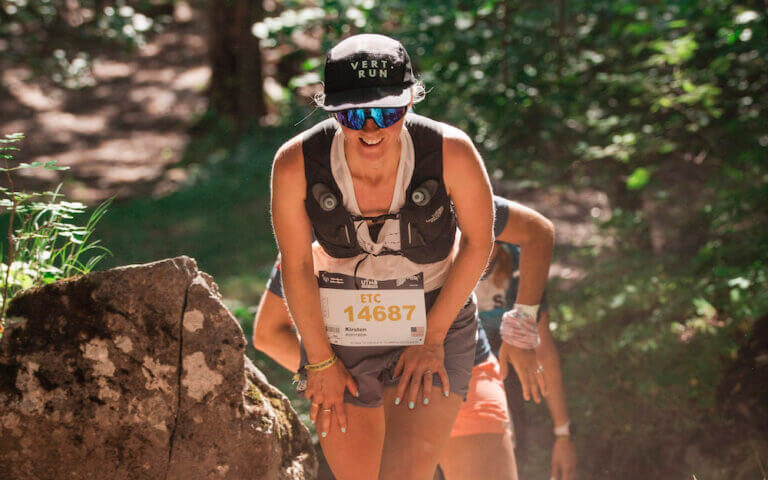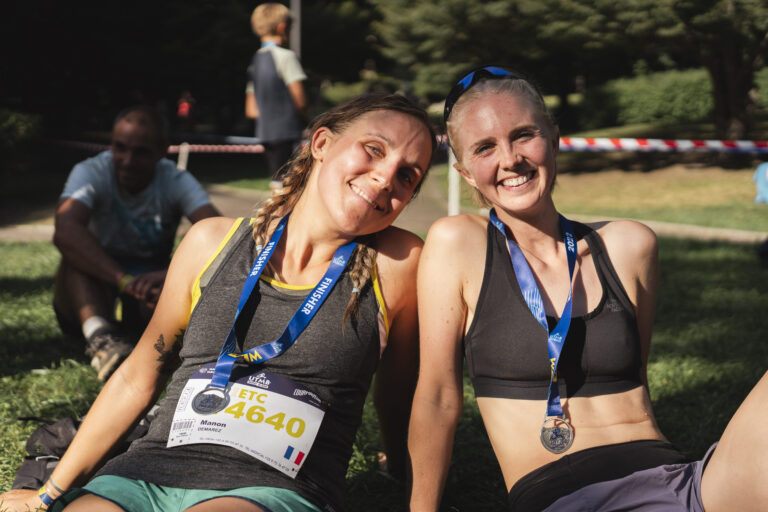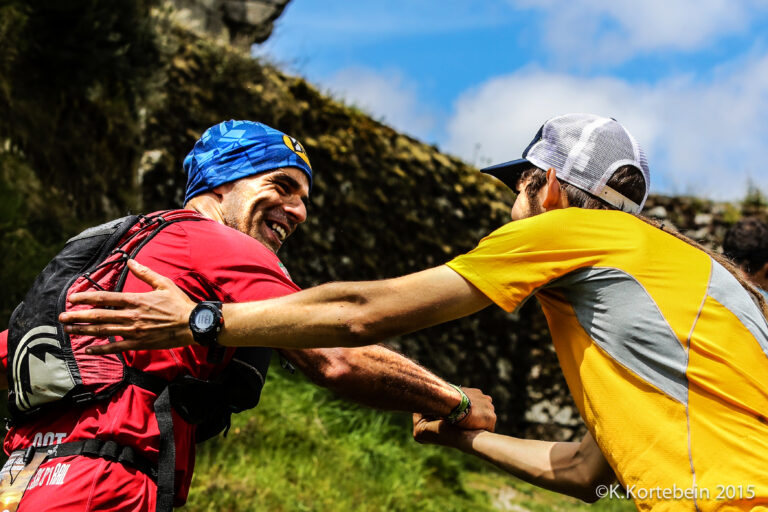By now, most of us are probably (or will soon be) working from home to help slow the spread of the global Coronavirus outbreak. Even if you’re young and feeling healthy, practicing social distancing is something we can and should all be doing to protect the most vulnerable people in our societies.
My name is Kirsten. I’m a trail runner, and one of the co-founders of Vert.run. I’m also a photojournalist, who has worked at home for the entirety of my (albeit short) career.
I don’t do well indoors, and have often found it very difficult to work from home. A big part of what drew me to photographing adventure sports like ultrarunning is that I, too, get to move and get out while working. But, each photo adventure always starts and ends in deskwork–so, over the last couple of years, I’ve finally started to identify what “works” for me when working from home. So, I thought I’d share some of the things that I’ve learned throughout the years about how to best work from home–more specifically, how to work from home when you’re a runner. And/or a generally antsy person.
A lot of these suggestions are really simple, and might sound silly. But during these times of social distancing and being confined to our homes, it’s taking a bunch of little steps that can add up to helping us maintain good mental health…especially when running is off the table, like it is in Italy, Spain and France right now.

Not sure how to keep running during Coronavirus? Join our FREE indoor training program.
Here are the 16 things I find most helpful when working from home:
- Set up a morning routine, and stick to it. Even if you’re not a morning person–I AM NOT A MORNING PERSON–try to get yourself up and moving, and try not to hang in your bed for too long. It’ll make a difference when you’re at home all day. (Here’s my routine: wake up, put some cold water on my face, chill in my PJs while I drink coffee, eat breakfast and listen to the news. Do a couple of sun salutations to get my blood flowing. Get dressed. Carry on with my day.)
- This is one of the golden rules of working from home: get dressed, for real. I mean, iron your clothes (if you’re into that), put on makeup/jewelry if you normally do so, fix your hair, and maybe even put on shoes. I promise you. Even if you think working from home sounds glorious because you don’t need to suit up, I beg you, please trust me. It’ll really help your mental clarity, and will signal your brain that it’s “really” time to relax when you change into sweats at the end of the day.
- Open up or crack at least one window if you can. This’ll help you feel more connected to the outside world, and to the rest of humanity. Plus, fresh air.
- At least once an hour, take 10 minutes to do something physical: squats, for example. Or push-ups. Or stretch out your legs. Or do 10 minutes of foam roller. Or even wash the dishes. It’s important to keep the big picture in mind: taking a few minutes each hour to clear your head and move your body is super valuable to your productivity. By giving yourself 10 free minutes each hour, the other 50 will be way more productive.
- Do you have a regular running partner? Agree to text/call each other once a day to keep each other motivated and accountable. “How you doing?” “Which workout are you going to do today?” “What are we gonna race in 2021?” “Bet ya can’t do more push-ups than I can tonight.” ….and so on.
- If you feel isolated, find some “city sounds” on YouTube and play them while you’re living your day. Seriously. I do this a lot.
- Do your strength, core or jumps routines on Skype or Facetime with the people you’d normally run with. (Even in “normal” times, we should all be doing these routines as runners to prevent injury…so now’s a great time to start if you never have.) Or, start training with our indoor training plan for trail runners.
- If you meditate, do so. If you don’t, take three minutes to just sit and think about nothing. A nice exercise that a friend of mine invented years ago is to imagine your mind being full of stuff (i.e. your thoughts.) One by one, take that stuff and put it into a box, in the middle of your mind, until your mind is clear. Empty. Then, sit with that nice feeling of an empty, peaceful mind. Appreciate and thank yourself for doing this.
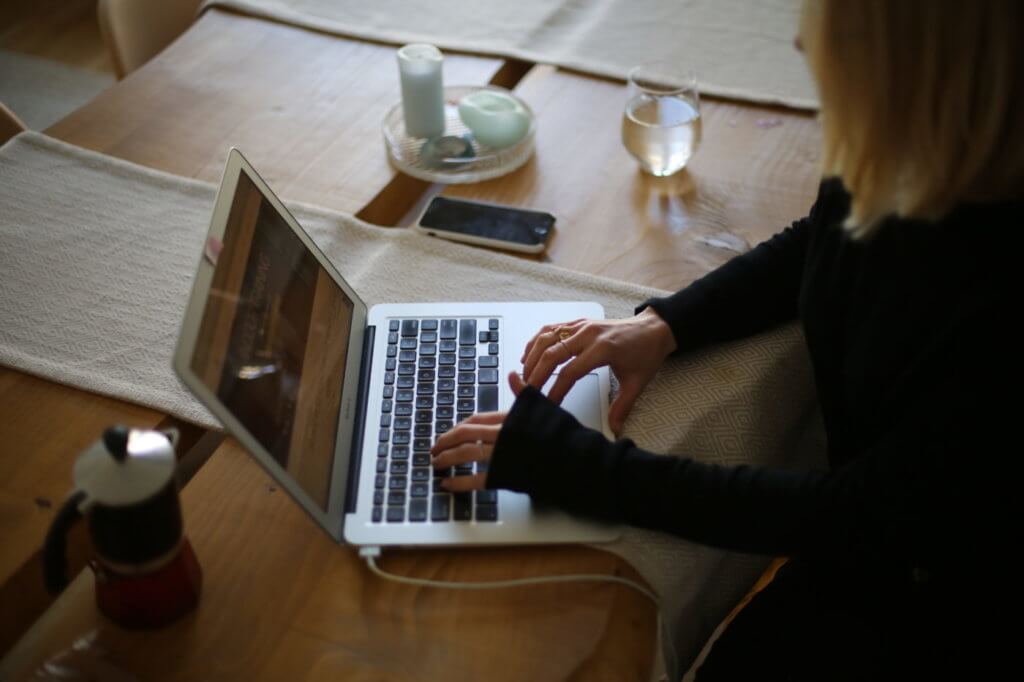
- Have lunch or coffee via video chat with a friend (or a running partner) who’s also working from home.
- Be mindful of your alcohol consumption. Believe me, I love a good beer (I’m from Michigan) or glass of wine (I live in France)–but especially when you’re stuck in your house, just remember that alcohol is a depressant. My personal rules, in case they might be helpful for you, too: 1.) I don’t have a glass of “something” two nights in a row, and 2.) before choosing to have a drink, I have to pass my personal “how are you feeling” test: if I’m feeling depressed, anxious, extra-stressed or otherwise down, I don’t consume alcohol. The idea here is that I want to work on managing these states of mind in healthy ways instead of turning them off with alcohol.
- Try your best not to eat in front of your computer. Especially during these Coronavirus newscycles, it’s hard for those of us with anxiety to detach from our devices–but try to close your laptop during mealtime.
- Although your grocery options might be limited, try cooking something new during the week. Using your hands to cook is a great way to unwind after a day with the keyboard and screen.
- Set clear “off the clock” hours. I’m really, super-duper serious about this. My mental health is at its….well, healthiest when I stick to this rule. If you normally leave your office at 6:30 pm, stop working from home at 6:30 pm. Close all your work stuff. Clear it off the kitchen table. Put your laptop somewhere out of sight. Bid your “work brain” adieu until tomorrow morning.
- Watch motivating videos while you do your indoor workouts. Even when I’m indoor biking during non-Coronavirus times, I like to watch Salomon TV on Youtube. It helps our brains make a connection between the workout we’re doing and why we’re doing it: to make our bodies and minds stronger for when we hit the mountains.
- Practice gratitude. While you’re having your coffee in the morning, or after you put your kids to bed, or while you’re eating your lunch, take 5 minutes to write down everything you’re thankful for. It can even be the same stuff, day after day. This is not a cure-all, but is a nice exercise.
- Set goals for yourself based off of what you’re missing. Didn’t realize how much you would miss your local hill? Vow to set your PR on it when you can go outside again. Missing the ambience of running through the streets in your city? Sign up for the next marathon, half marathon or 10k that’s still taking place. Having goals through these strange times will help you see the light at the end of the tunnel.
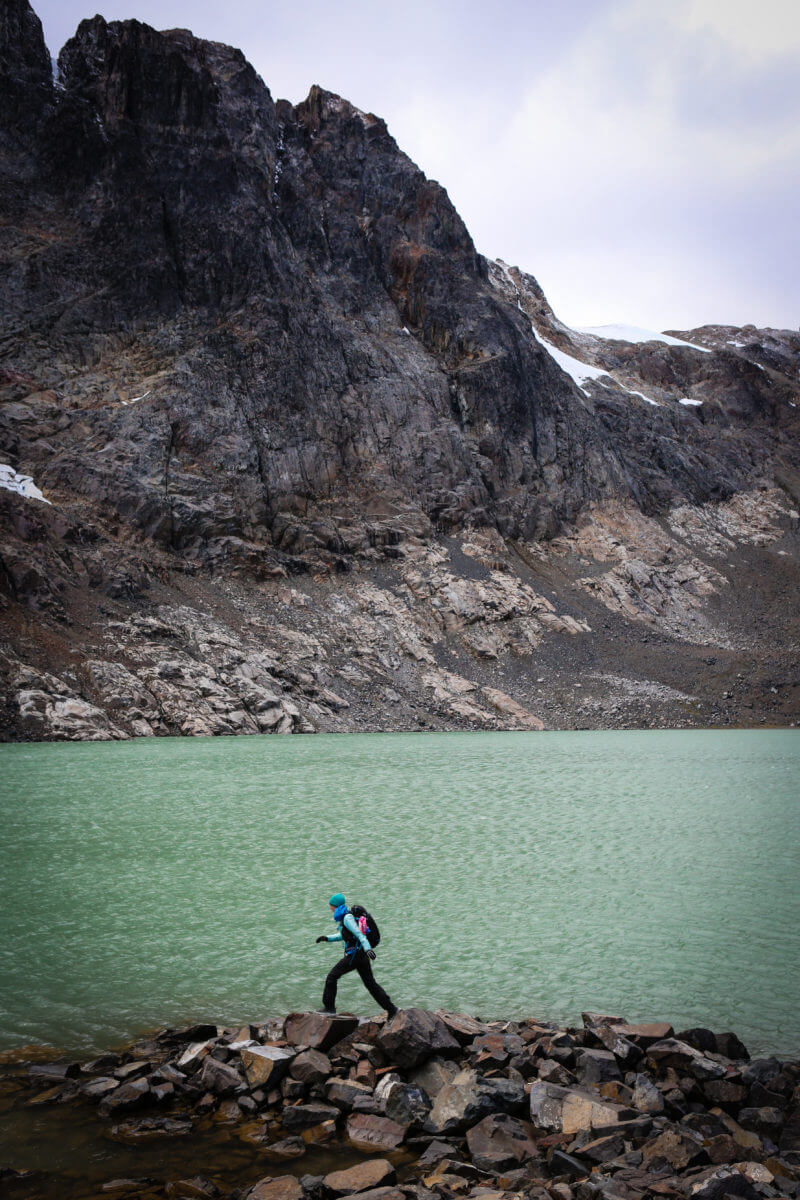
Have you heard about our Pro Athlete collaborations? Start training with a plan designed by Hillary Allen–for just $6.25 / week.




